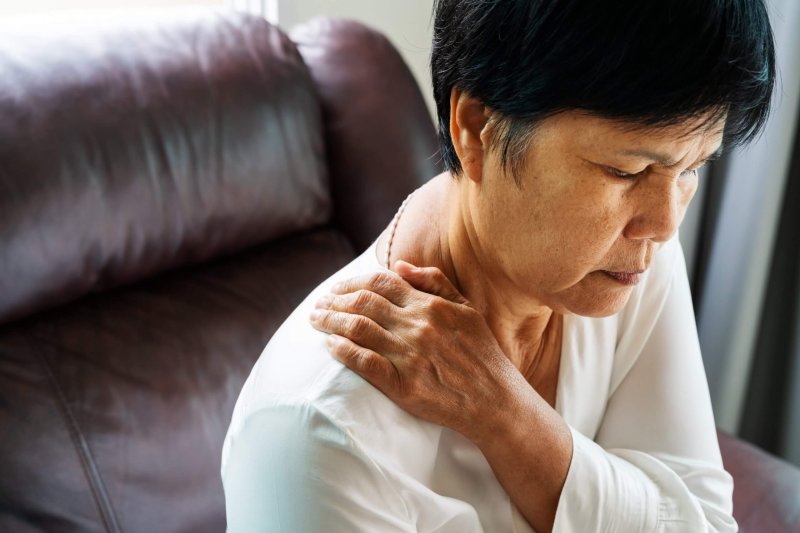Millions of people who live with chronic pain experience intense stigma.
I view stigma as the combination of difference plus deviance: An in-group marks an out-group as different on the basis of a shared demographic characteristic, then judges the out-group as deviant. This is precisely what happens to many people in pain. They are marked as different because of their pain, and then have that pain denied, invalidated, and delegitimized.
…
[W]e must address the deeper factors driving it, including our tendency to disregard individuals’ narratives and testimony in the absence of “objective” evidence. We must also address the sexism and racism that without a doubt contribute to the terrible and growing inequalities that exist in the diagnosis and effective treatment of people in pain.…
Changing local policies can also make a difference. The policies of a health system that treats thousands of people in pain can have a huge impact on the extent to which people in pain are stigmatized. These policies include whether we force people in pain to sign demeaning, one-sided “pain contracts” or submit to random drug testing, use language that conveys hostility and suspicion, and countless others that sustain and perpetuate attitudes of doubt, distrust, and disbelief.































